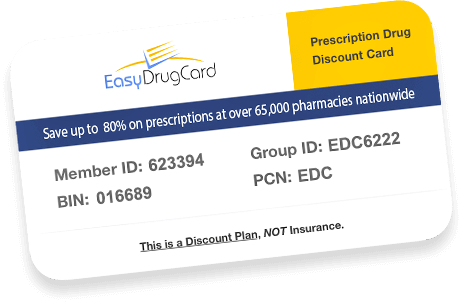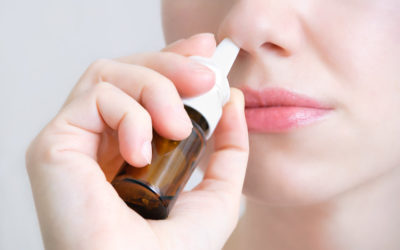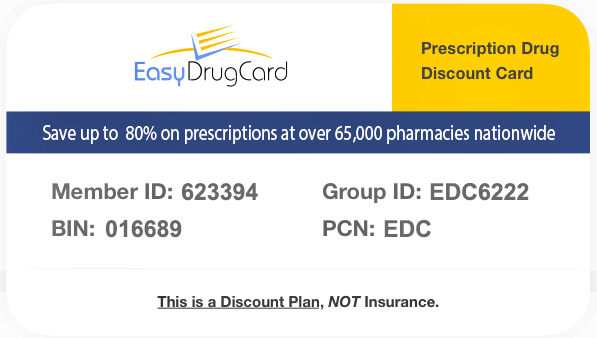Do you suffer from yellow toenails with white spots or streaks? Have your toenails become brittle, thick, or misshapen? You’re not alone! You may have a fungal toenail infection, also known as onychomycosis. It’s estimated that 10% of the population suffers from fungal toenail infections, and these infections become more common as you grow older.
Onychomycosis most commonly affects your big toe but can also be found on other toenails. Treatment is usually desired for cosmetic reasons, but may also be necessary for immunosuppressed patients, those with diabetes or neuropathy, or those experiencing pain from the infection. Treatment for fungal toenail infections can be quite costly and take a long time. Treatment failure is common, and infections may return even after successful treatment. Prescription treatment options also come with a long list of side effects and drug interactions.
Because of the shortcomings of prescription treatment options, you may be wondering if there are any effective OTC or natural remedies to treat onychomycosis. Let’s take a deeper look at some popular treatments and evidence on whether they really work!
Topical antifungal creams:
There are several antifungal creams available for purchase without a prescription, including Lotrimin AF (which contains clotrimazole) and Lamisil (which contains terbinafine). These creams may work for mild cases of onychomycosis but are unlikely to penetrate deep enough into the nail or cuticle to treat severe cases.
Kerasal:
Kerasal is a topical solution that contains propylene glycol, urea, glycerin, and lactic acid. The urea and lactic acid work as keratolytics, or peeling agents, to thin the top layer of the nail. This allows propylene glycol and glycerin to penetrate and hydrate the nail more easily. This improves the appearance of the nail by reducing discoloration and thickness. The manufacturers of Kerasal clearly state that it “does not cure or prevent fungal nail infections.”
A thin layer of Kerasal should be applied to the affected nail and under the free edge of the nail twice daily for the first week, and then used nightly for at least 8 weeks. One study showed a 27.2% improvement rate in appearance of the nail after six months of treatment and found that it is most effective for mild infections where less than 50% of the nail is involved. The most commonly reported side effect for Kerasal is whitening of the treated nail.
Urea 40%:
As noted above, urea is a keratolytic that can be used to thin the top layer of the nail. It is available in many formulations, including creams, solutions, and nail gels. Used alone, it may improve the appearance of the nail but has not been found to cure toenail fungus. Some studies have shown that it improves the efficacy of topical antifungal treatments by allowing them to penetrate more easily.
Topical urea should be applied to the affected nail and under the free edge of the nail once daily. Bandaging the nail overnight after application can help soften the nail more quickly. If you are going to combine it with a topical antifungal treatment, it is recommended to use urea for at least two weeks beforehand to thin and soften the nail. The most commonly reported side effect for topical urea is irritation around the toenail.
Vicks VapoRub
Vicks VapoRub is great for relieving congestion from the common cold, but did you know that some people also use it to treat toenail fungus? Small studies have shown that this mentholated ointment may be effective at treating onychomycosis. More research is needed to determine if this is an effective treatment option.
Vicks VapoRub should be applied to the affected nail or nails once daily. It may take up to 48 weeks to see the full effect – almost an entire year! It is inexpensive when compared to other treatment options and may also help improve nail appearance.
Tea Tree Oil
Tea tree oil has been used for medicinal purposes since the early 20th century and is well known for its antifungal properties. There are limited studies regarding the effectiveness of tea tree oil for the treatment of toenail fungus. One small study found an 18% cure rate after six months, while others haves shown it to be an ineffective treatment. Scientists have more work to do before tea tree oil can be definitively recommended for the treatment of onychomycosis.
100% tea tree oil should be applied to the affected nails twice daily for at least six months. It is inexpensive and may improve nail appearance.
Fungus prevention: If you are suffering from unsightly onychomycosis and prefer OTC or natural remedies, consider trying one of the options above. There is limited evidence that these treatments will cure a toenail fungal infection, but they may help improve your nail’s appearance. It may take up to 18 months for the infected nail to grow out completely and the infection is likely to return. To prevent a recurrent infection, follow these tips:
● Keep your feet cool and dry
● Wear clean socks every day
● Treat athlete’s foot and consider using an antifungal product on feet and shoes
● Keep nails trimmed
● Avoid going barefoot in public locker rooms and pools
Remember, if you are immunocompromised, have diabetes, or are experiencing pain from your toenail infection, make an appointment to see your doctor right away.
- Advantice Health. Kerasal product FAQs. http://www.kerasalnail.com/faqs.html
- Clinical Resource, Comparison of Therapies for Onychomycosis. Pharmacist’s Letter/Prescriber’s Letter. August 2020.
- Dars, S., Banwell, H. A., & Matricciani, L. (2019). The use of urea for the treatment of onychomycosis: a systematic review. Journal of foot and ankle research, 12(1), 1-11.
- Derby, R., Rohal, P., Jackson, C., Beutler, A., & Olsen, C. (2011). Novel treatment of onychomycosis using over-the-counter mentholated ointment: a clinical case series. The Journal of the American Board of Family Medicine, 24(1), 69-74.
- Halteh, P., Scher, R. K., & Lipner, S. R. (2016). Over-the-counter and natural remedies for onychomycosis: Do they really work. Cutis, 98(5), E25-E26.











